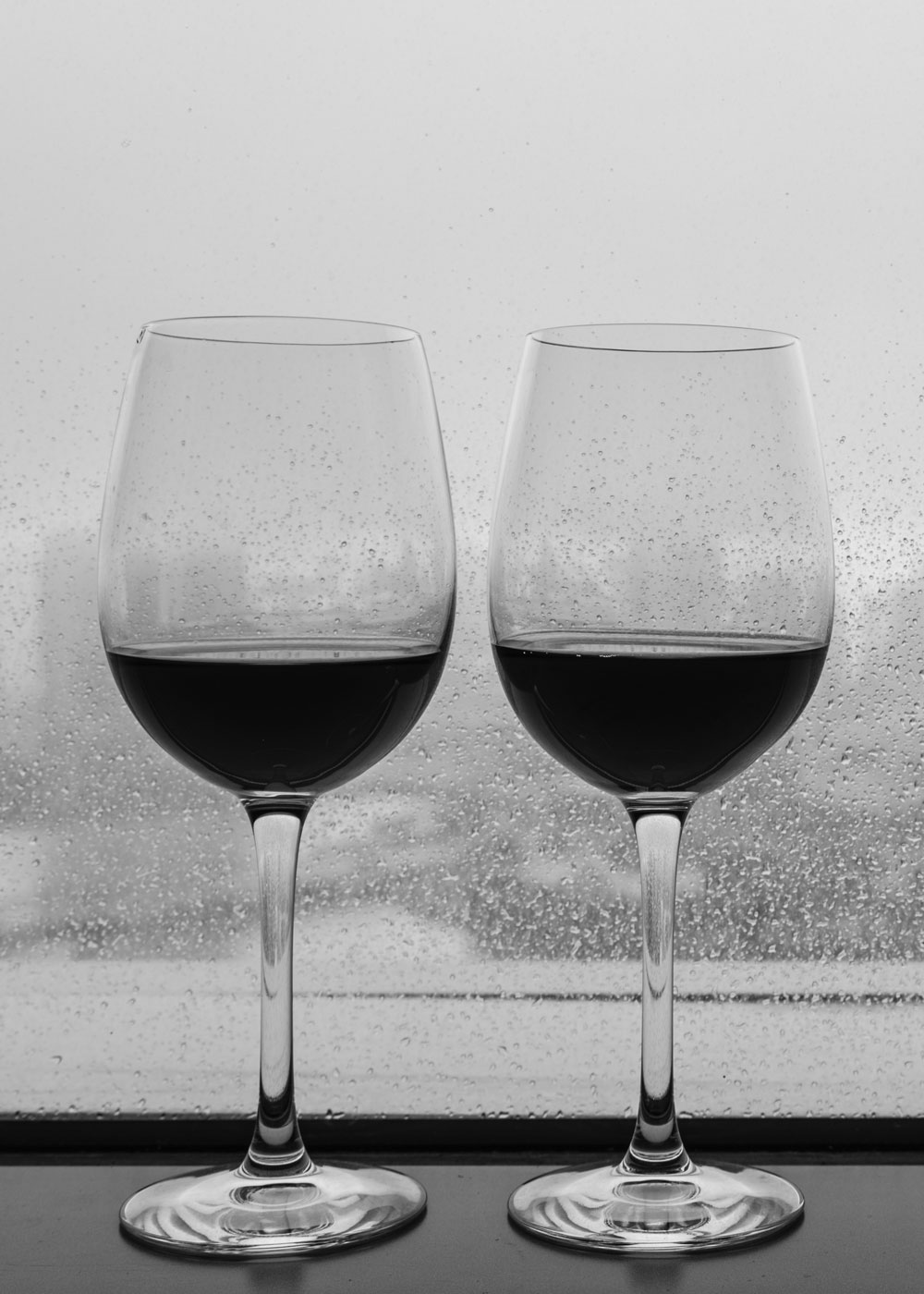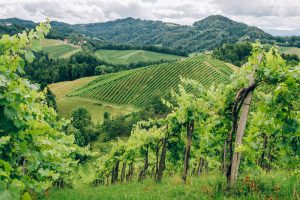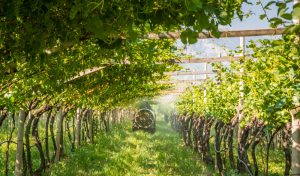Wine styles go in and out of fashion as quickly as clothing. One year, extracted Shiraz is all the rage and the next, dry Riesling becomes en vogue. Old World wines from cool climates are currently enjoying popularity in fine restaurants and publications – and for good reason. What are these wines? Where do they come from, and when should they be enjoyed? This article will help you explore the fashionable world of cool climate wines to find a place for them in your cellar and on your table.
What do Old World, cool-climate wines taste like?
Cooler climates produce wines that are low in alcohol and sugar but high in acid. So these wines will be relatively lean, dry, and tart. Old World wines come from European regions that tend to have strict winemaking regulations in place and slightly more austere styles compared with California for example. Wines like this are wonderful with food – especially savory dishes.
Germany
Although Germany seems to be associated primarily with beer for many people, wine has a long and prestigious German history. Most German wine comes from the southwestern corner of the country where microclimates can be found warm enough for vineyards. The Mosel River Valley in particular tends to harbor elegant vines. Some bends in the river are surrounded by steep slopes warmed by sun reflecting off the water. Riesling is the most prestigious wine grape in Germany and dry Riesling is especially trendy right now. Other grapes in Germany include Spätburgunder (Pinot Noir), Weissburgunder (Pinot Blanc), and Grauburgunder (Pinot Grigio). All of these wines are good with light, delicately flavored dishes like seafood and salads.
Alto Adige
This region in northern Italy (pronounced “al-toh AH-dee-zhay”) is named for the upper reaches of the Adige River, which flows from the Alps to the Adriatic Sea. The most prominent example from Alto Adige is a trim, dry Pinot Grigio found in the high elevations of northern Italy. These vineyards are often planted on south-facing slopes to maximize sun exposure and ensure proper ripening. Additional grapes from Alto Adige worth trying include Pinot Noir, Pinot Bianco, Teroldego, and Lagrein.
Chablis
The term “Chablis” has been used in decades past to label almost any American white wine. Chablis, in reality, is the name of an area in northern Burgundy in France that produces Chardonnay almost exclusively. Chardonnay from Chablis is lean, dry, and tart, with flavors of granny smith apple, lemon, and chalk. These wines are relatively easy to find and of reliable quality. The next time you shop for a Chardonnay for dinner, keep an eye out for Chablis and be prepared for an amazing experience with seafood, vegetables, or chicken.
As you advance down the path of wine appreciation, remember that there are no wrong choices. If you like opulent warm-weather wines, embrace and savor them. If you like more austere cool-climate wines, try some of the examples discussed above. The wine world is full of diversity – the broad scope of wine options make it such an exciting and satisfying beverage.





